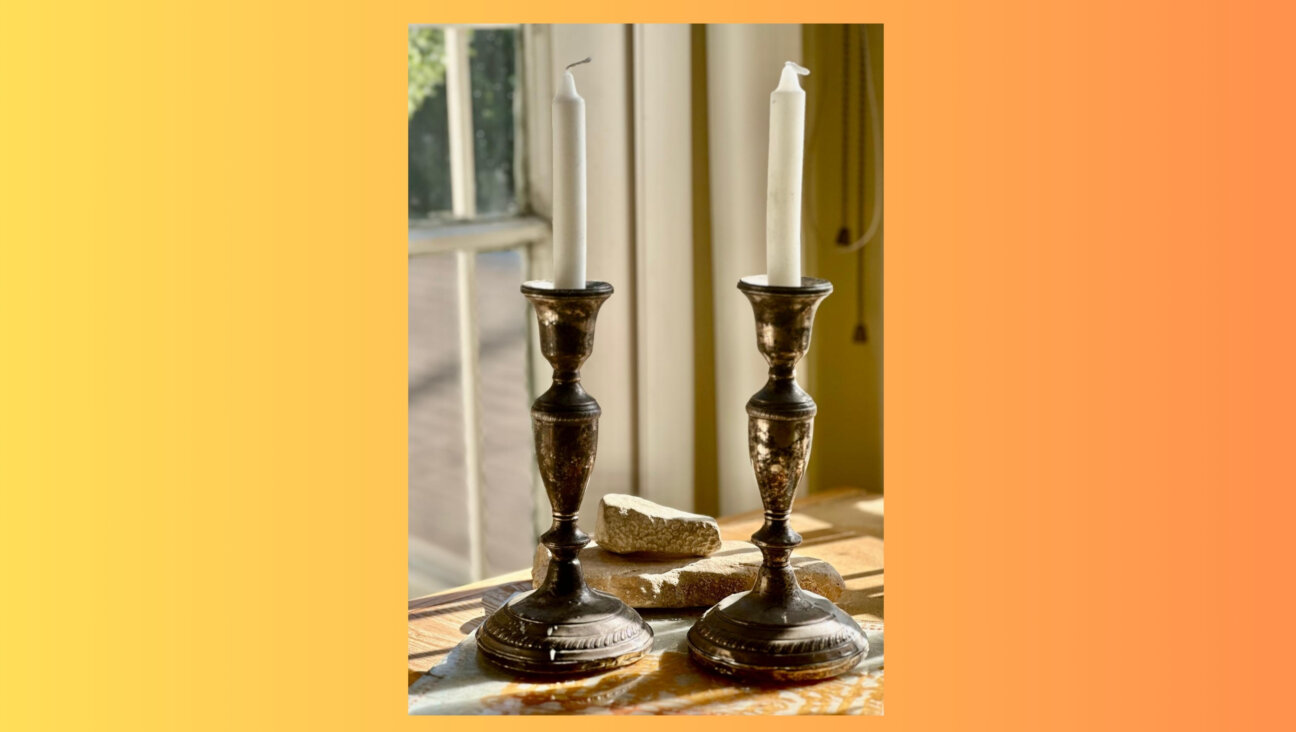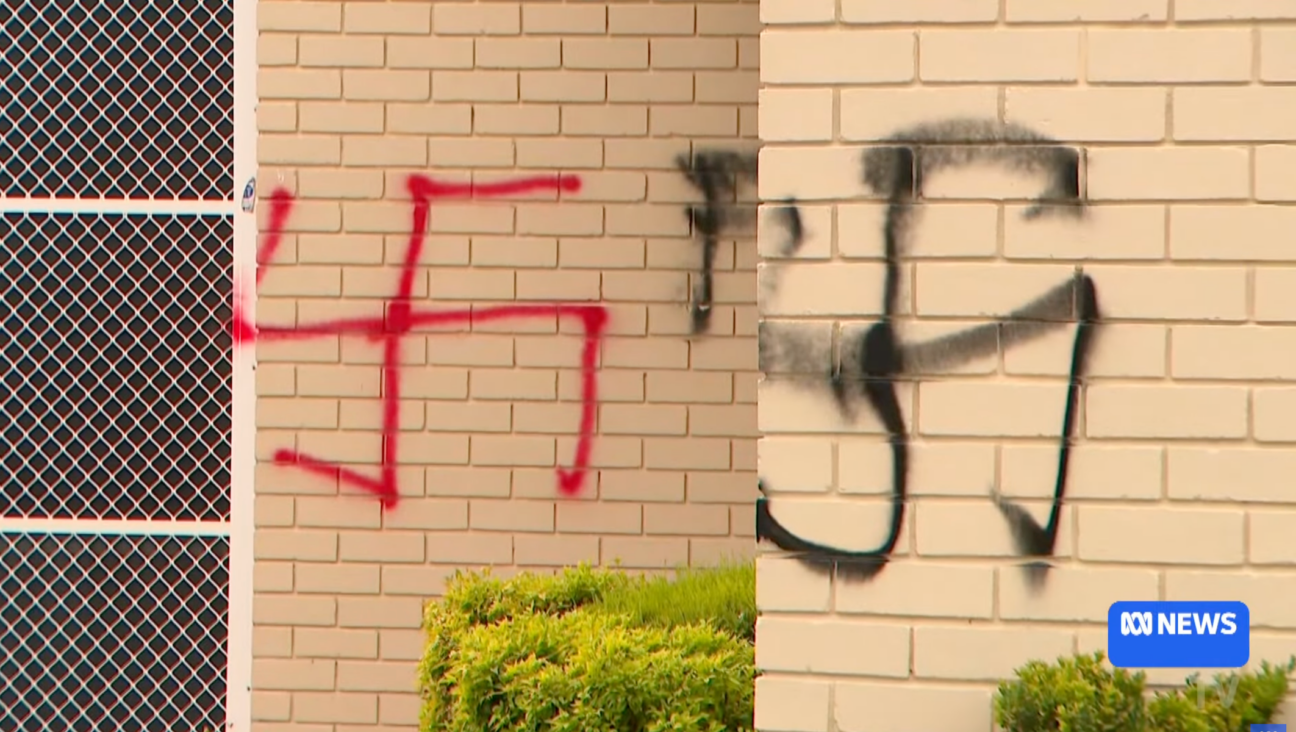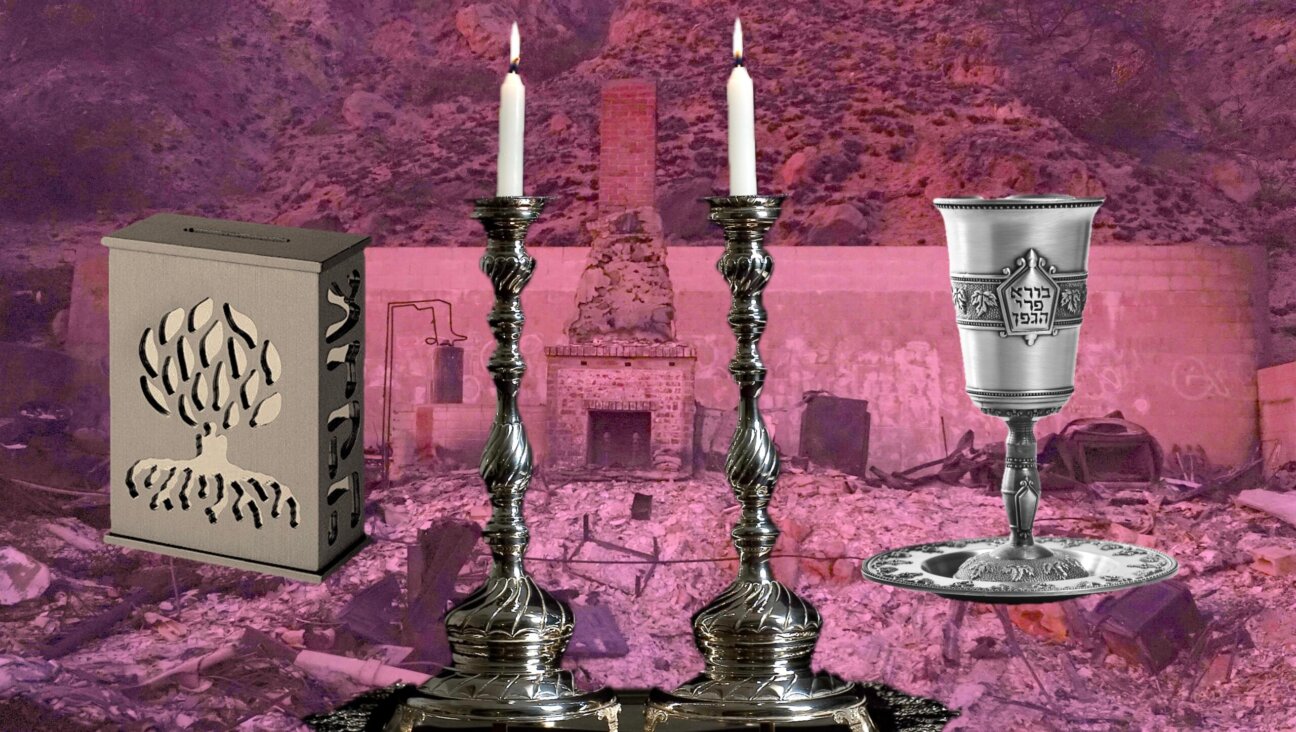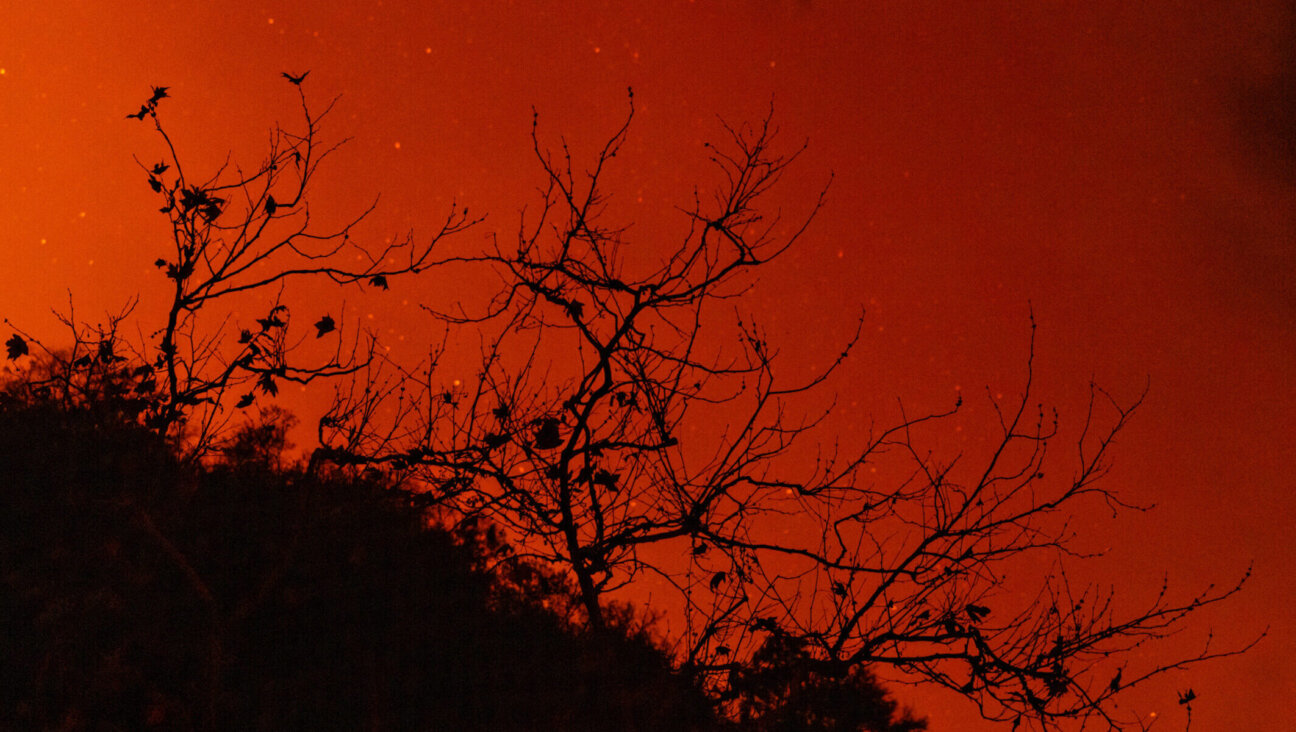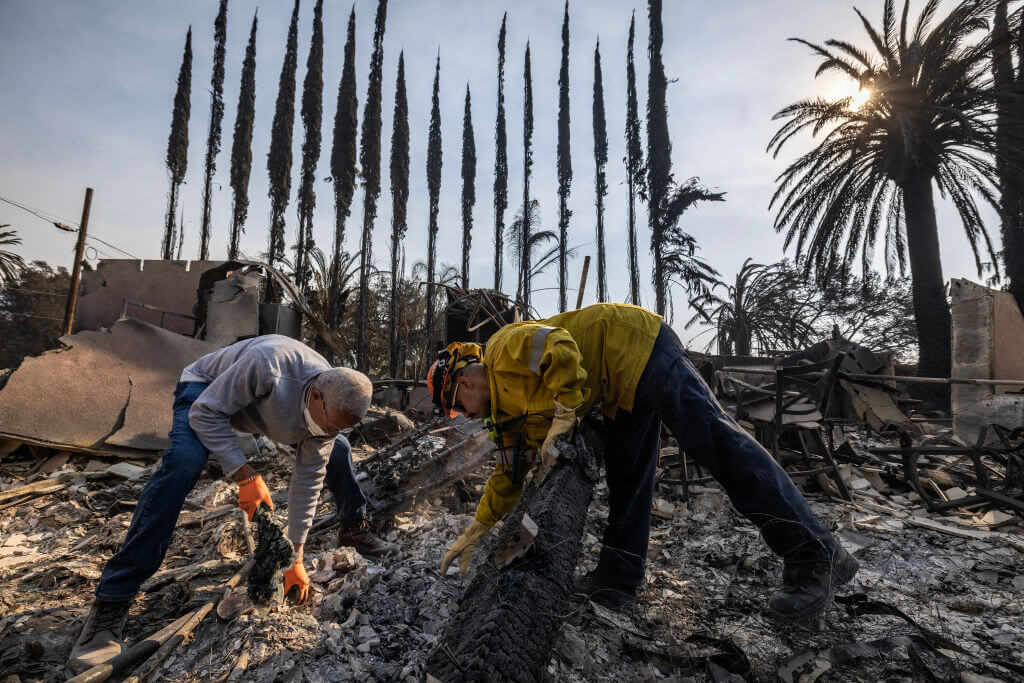The Art of Dreidels

Someone less skilled with an X-ACTO knife might find Melanie Dankowicz’s drawings to be positively diabolical. But her husband, Harry, relishes the challenge. Steadily, he traces her tight curlicues and webby threads with a blade, bringing her vision to life. He lifts the paper to reveal a* ketubah* — worthy border, rich in detail and symbolism. It’s like filigree, but of paper. Melanie has yet to draw a design he can’t handle.

The Dankowiczs live with their three children in Champaign, Ill. There, the artists create intricate, detail-rich Judaica from fine, archival-quality paper in their home-based workshop. Melanie, 38, conceives and draws the designs, and Harry, 40, does the paper cutting. Their work includes hand-cut ketubahs, mezuzot, baby-naming certificates and, uniquely, three-dimensional laser-cut dreidels encased in clear glass domes. These come in three styles: dancing children, white and painted lace, and a wedding dreidel. They’re assembled by hand and sold through the couple’s Web site, www.dankowicz.com, and through selected stores and catalogs.
“For me, it’s more than an elegant papercut,” Melanie said, reflecting on the couple’s work. “It’s a dance of symbols and designs, filled with Jewish meaning.”
She lifts one of their paper dreidels. From the top, grapevines cascade down the corners to form a huppah, which frames a bride and groom in silhouette, holding hands with a handkerchief. Along the bottom are henna flowers, a symbol from the Song of Songs. The four letters from the traditional dreidel are elegantly hidden at the bottom. The paper cuts let you see right through the piece, causing your eyes to jump from surface to surface, resting only briefly on each detail. Shifts in light alter the dreidel’s appearance, creating the impression that there’s always something new to discover in its design. The dreidels range in price from $72 to $80.
Surprisingly, given their virtuosity, neither Harry nor Melanie ever formally studied art. Harry, a professor of mechanical engineering at the University of Illinois at Urbana-Champaign, is from Sweden, the son of Jewish immigrants who survived World War II. Melanie is from the Washington, D.C., area. Both grew up attending Jewish day schools, and later met at Cornell University. They discovered their talents 14 years ago with their first project: their own ketubah. Melanie drew, cut and painted an elaborate paper border featuring gazelles and bursts of flowers. In his self-taught calligraphy, Harry wrote the text in Hebrew, English and Swedish.
Harry discovered his talent for paper cutting in 1995, when the couple was living in Sweden. Melanie prepared Rosh Hashanah cards to send to family and friends back home in the States, but then suffered a wrist injury. Harry took up the cutting — there were 24 cards in all — and found he enjoyed it.
From there, they started making gifts for friends, or pieces just for themselves. About five years ago, people they didn’t know began commissioning their artwork. What began as a hobby developed into a small business. Along the way, Harry encouraged Melanie to up the level of difficulty. “I used to worry about drawing designs that would be too complicated for Harry to cut, but it’s been years since I even thought about that,” she said. Harry says he finds surprising symmetries in Melanie’s designs, but the light/dark contrasts she intends become apparent to him only as the cut paper falls away. “When I’m cutting, I don’t really see that myself until it’s started to appear. It’s just a very satisfying, a very incredible experience,” he said.
Jeri Zeder is a freelance writer in the Boston area.
A message from our Publisher & CEO Rachel Fishman Feddersen

I hope you appreciated this article. Before you go, I’d like to ask you to please support the Forward’s award-winning, nonprofit journalism so that we can be prepared for whatever news 2025 brings.
At a time when other newsrooms are closing or cutting back, the Forward has removed its paywall and invested additional resources to report on the ground from Israel and around the U.S. on the impact of the war, rising antisemitism and polarized discourse.
Readers like you make it all possible. Support our work by becoming a Forward Member and connect with our journalism and your community.
— Rachel Fishman Feddersen, Publisher and CEO









